We are off script already and have only just started. This was supposed to be a simple test of manual gearboxes.
Then BMW launched the new ‘G87 ’ M2 coupé, now the only M car you can buy with a manual gearbox and quite an exciting prospect.
So we arranged a little get-together with two of the greatest compact, affordable, manual-equipped driver’s cars of recent times: the perennially just-updated Mazda MX-5, and the previous-generation Honda Civic Type R.
Which has the sweetest shift? In which is the act of first-hand cog swapping most enticing? I didn’t realise that those two questions might have different answers but, having driven these three cars extensively, I’m now convinced that they can. Or, rather, they could.
Why are manual gearboxes so good, anyway?
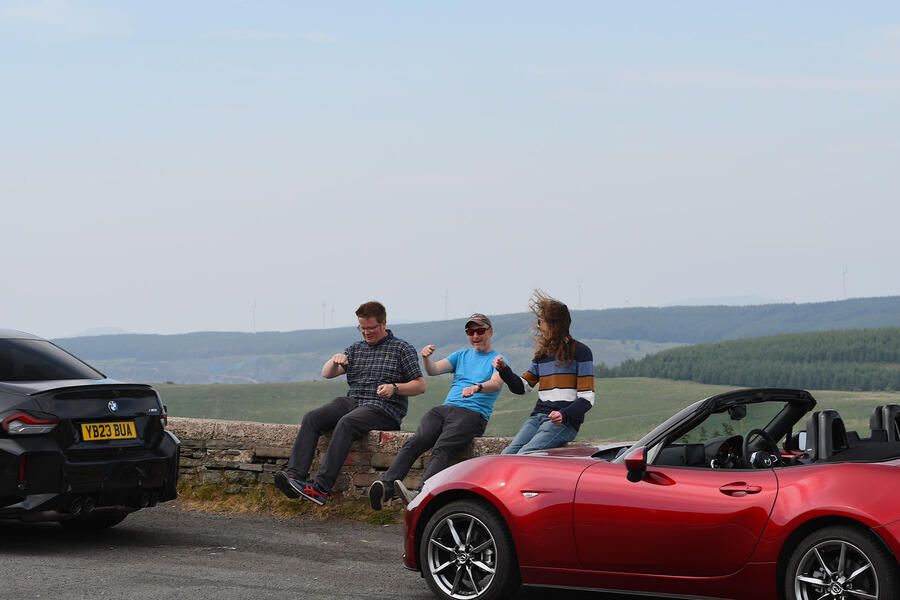
It’s impossible, you see, to disconnect the ‘what’ from the ‘why’ where manual cars are concerned: the tactile quality and mechanical satisfaction of the action of gearlever and clutch pedal themselves, with the impetus and occasion given to you by the wider driving experience to operate them in the first place. They are inseparable.
A great manual gearbox is like the all-important continuity midfielder on a football pitch, or some eminent business networking specialist. It brings things together, makes them gel and enables their greatest qualities.
These three cars have a varied assortment of dynamic strengths that make them special, memorable and rewarding, each in different ways. But it’s the way that each of their gearboxes connects you to those various strengths, bringing them together like some virtuoso orchestra conductor into a harmonious driving experience, that we are interested in today.
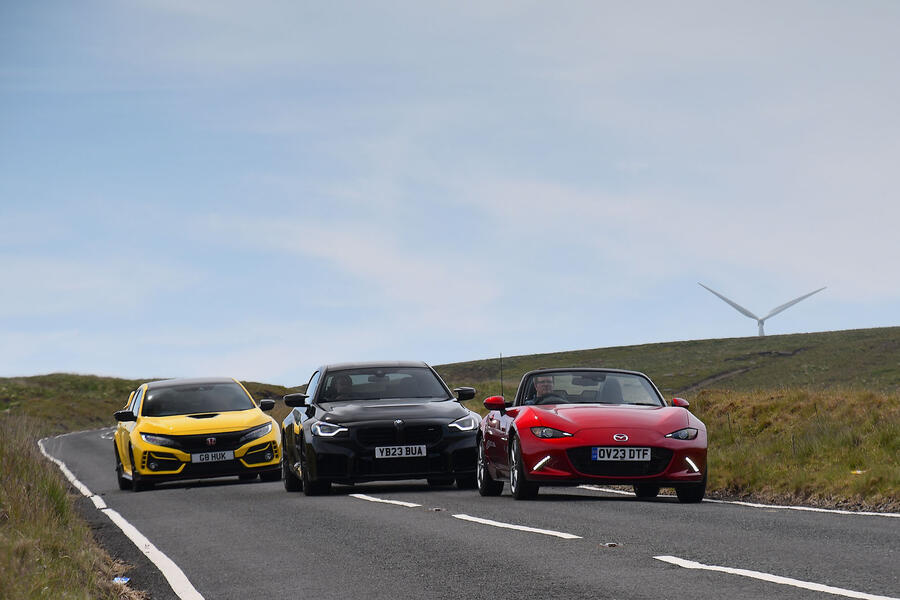


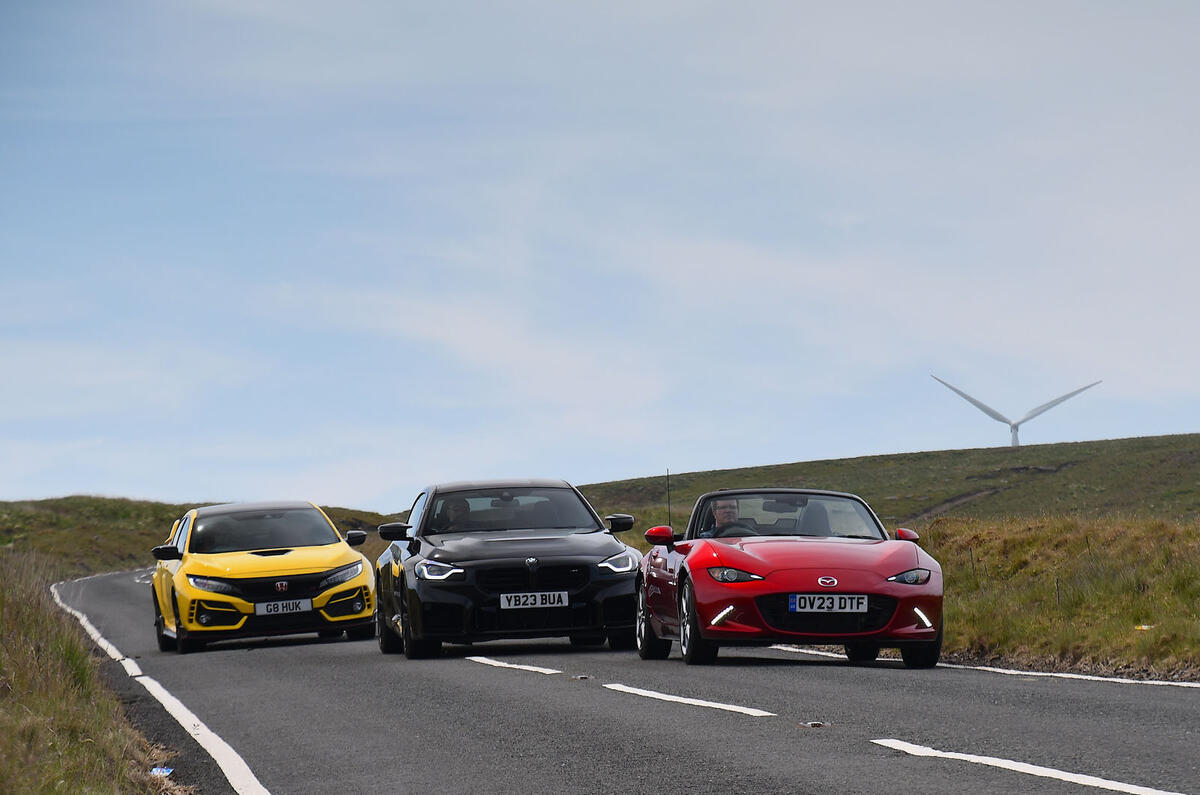
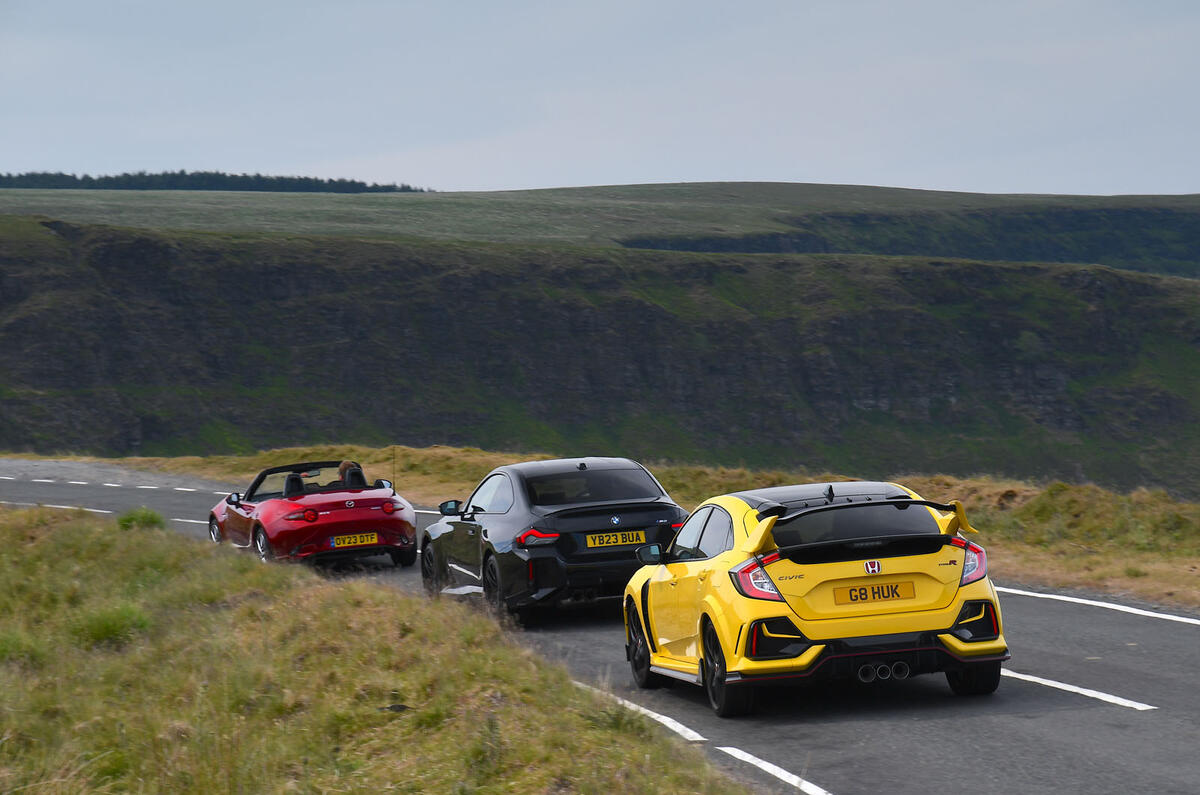
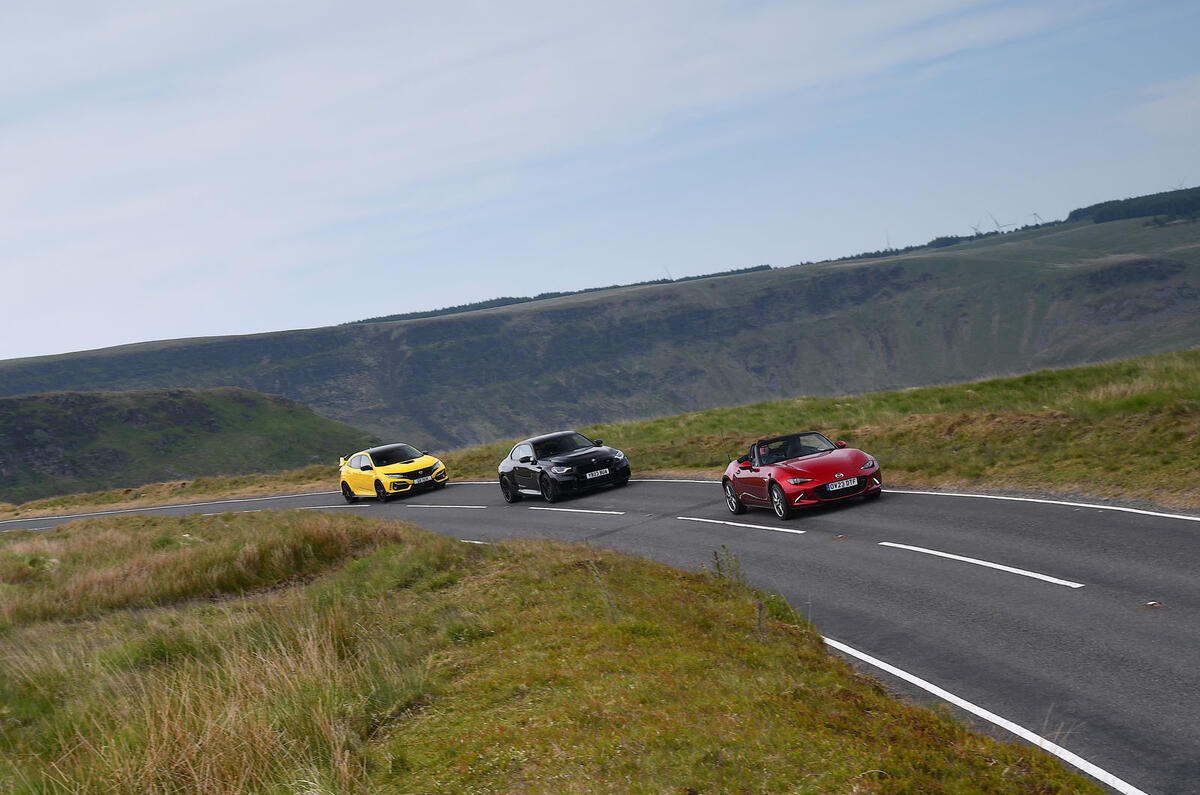
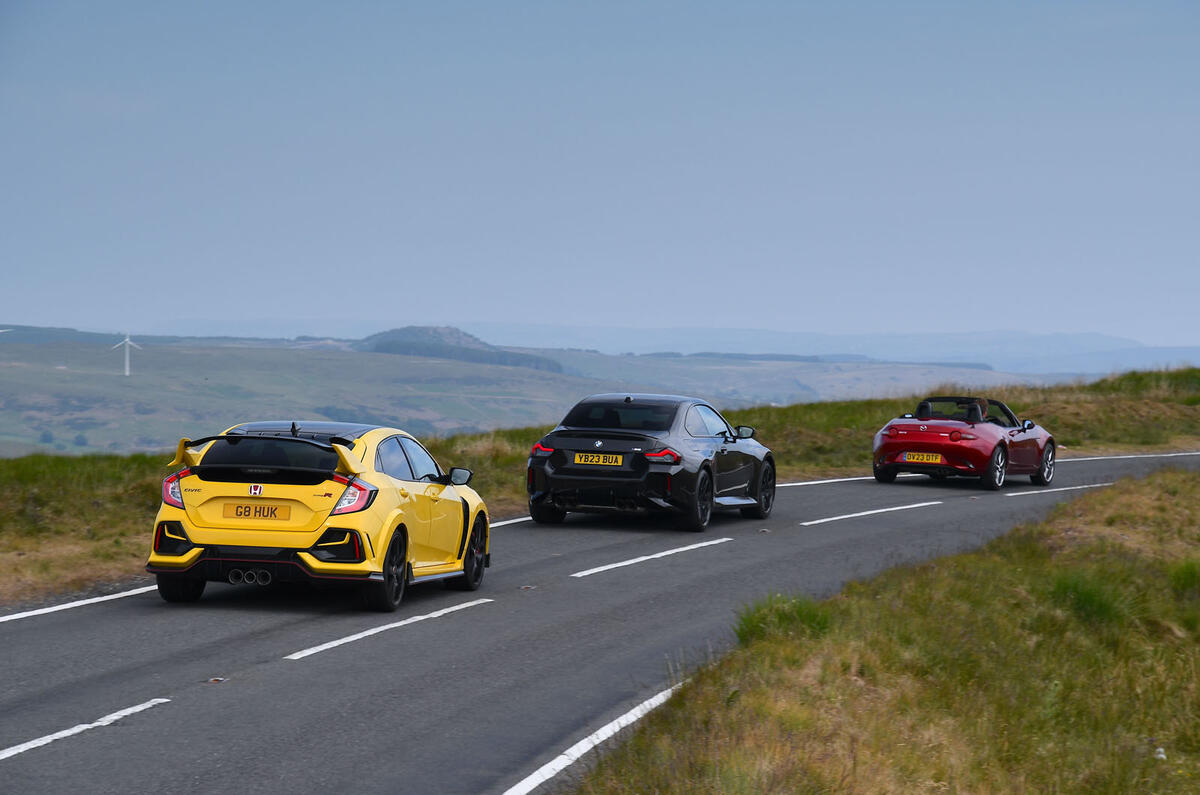
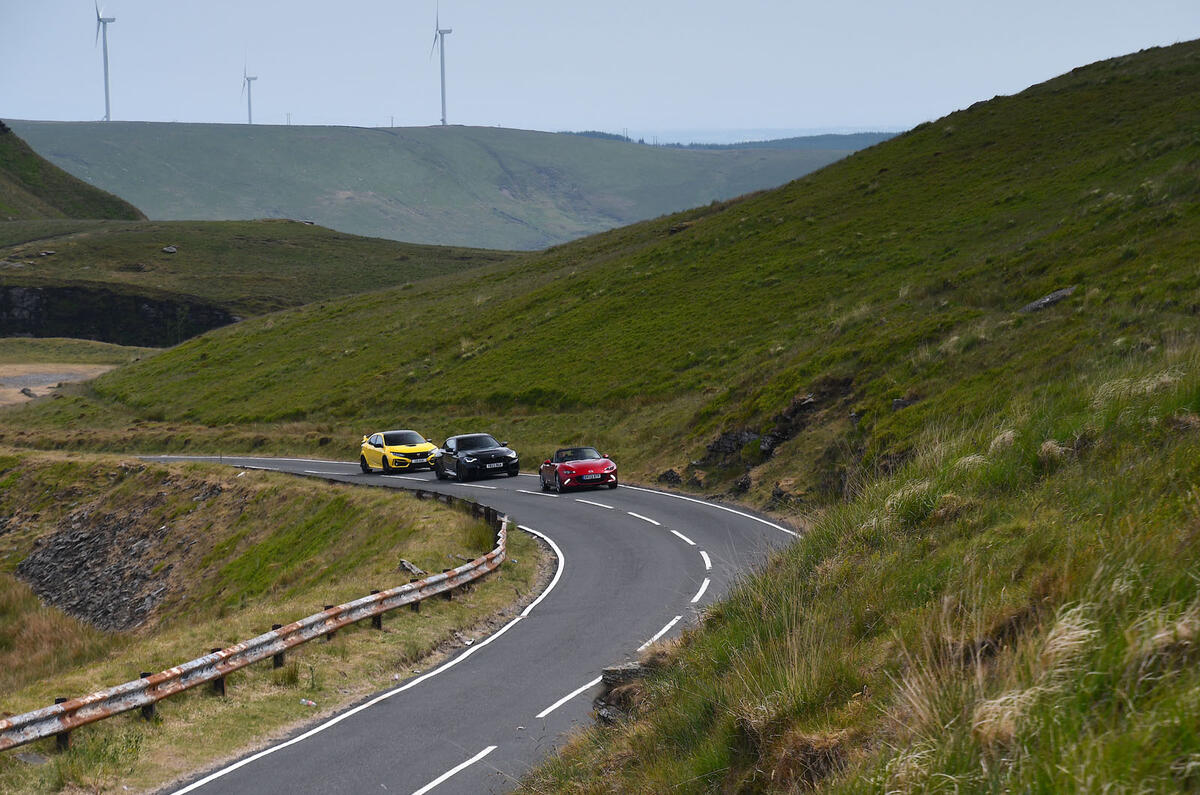
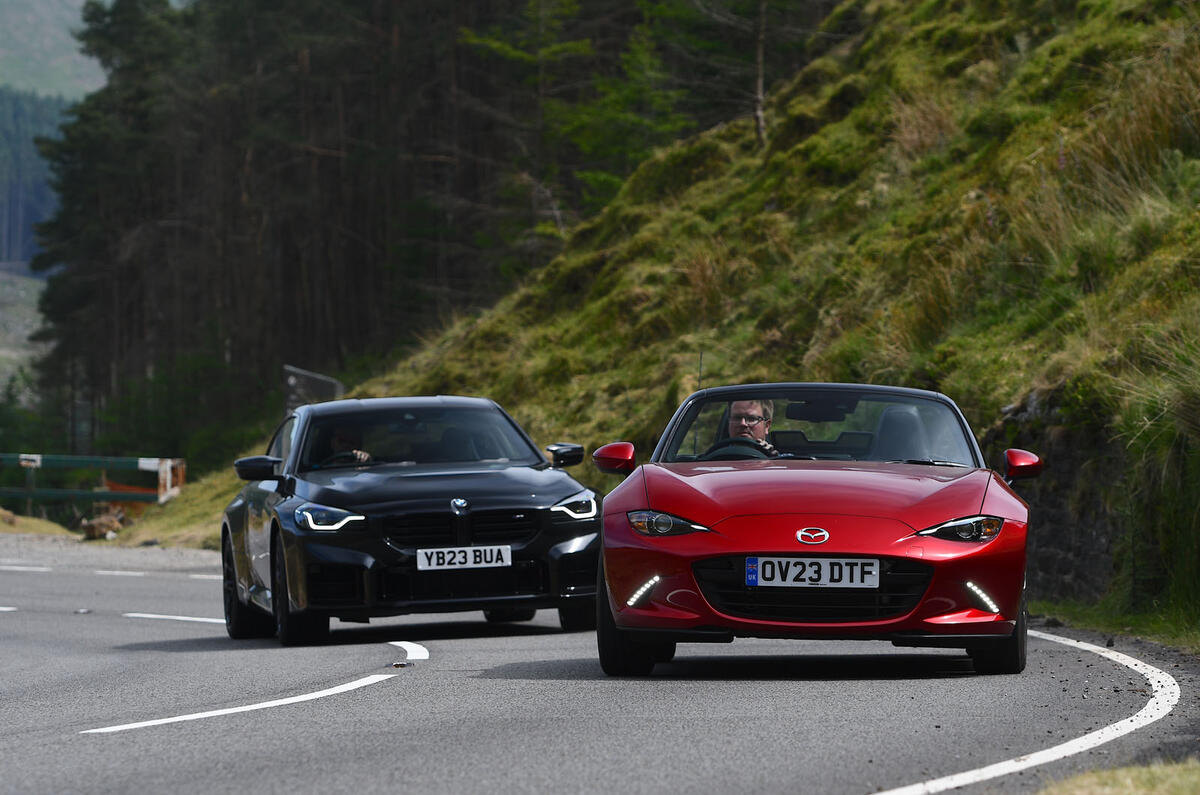
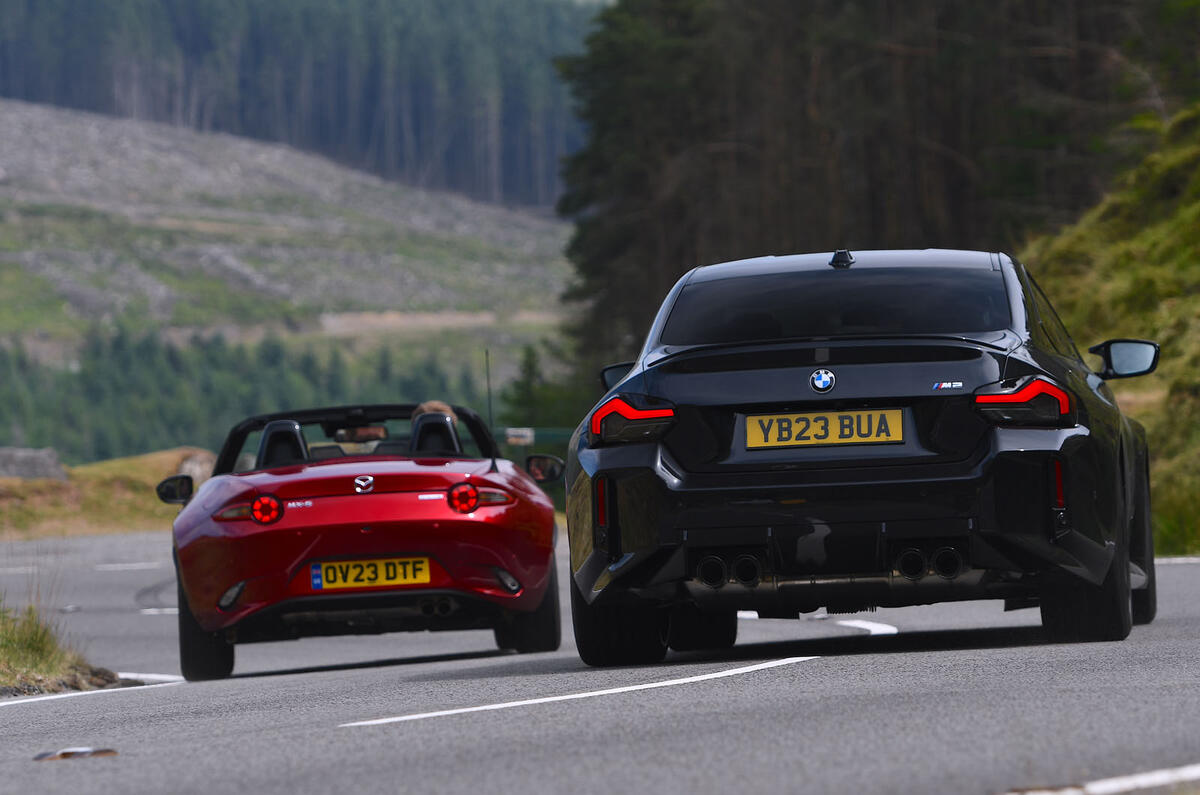
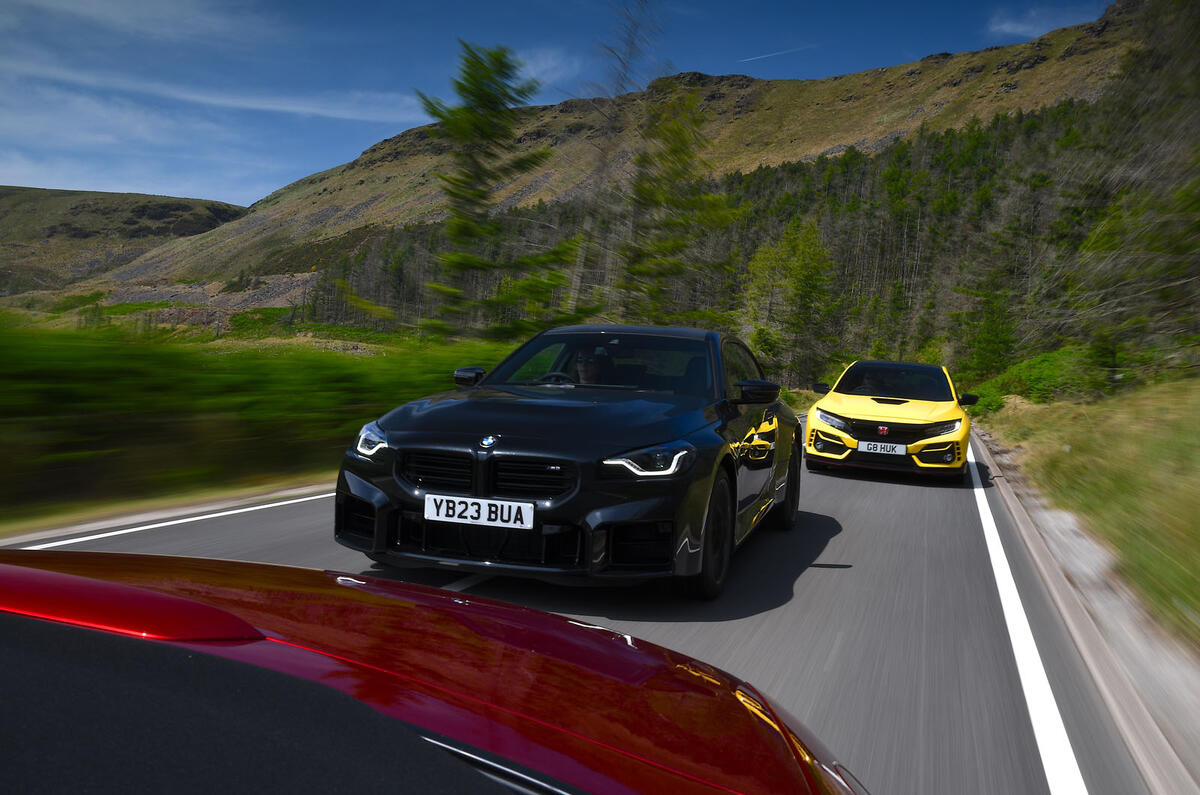


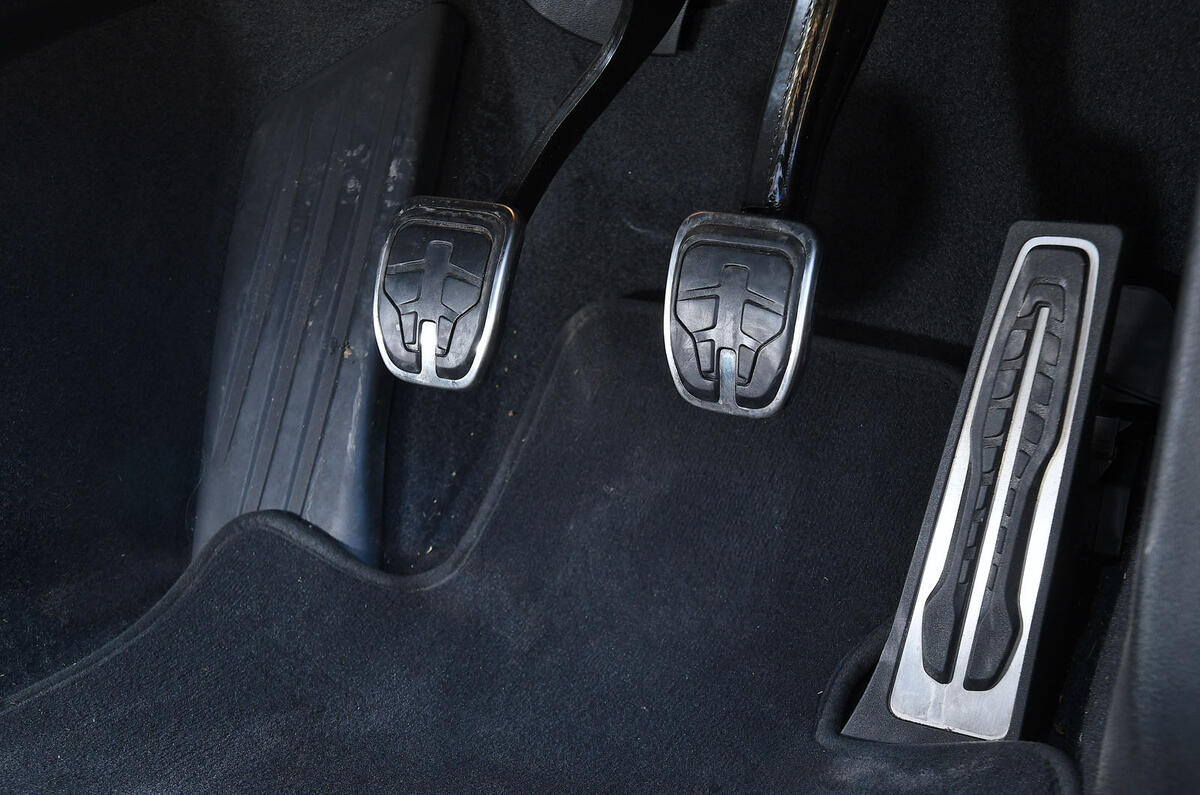
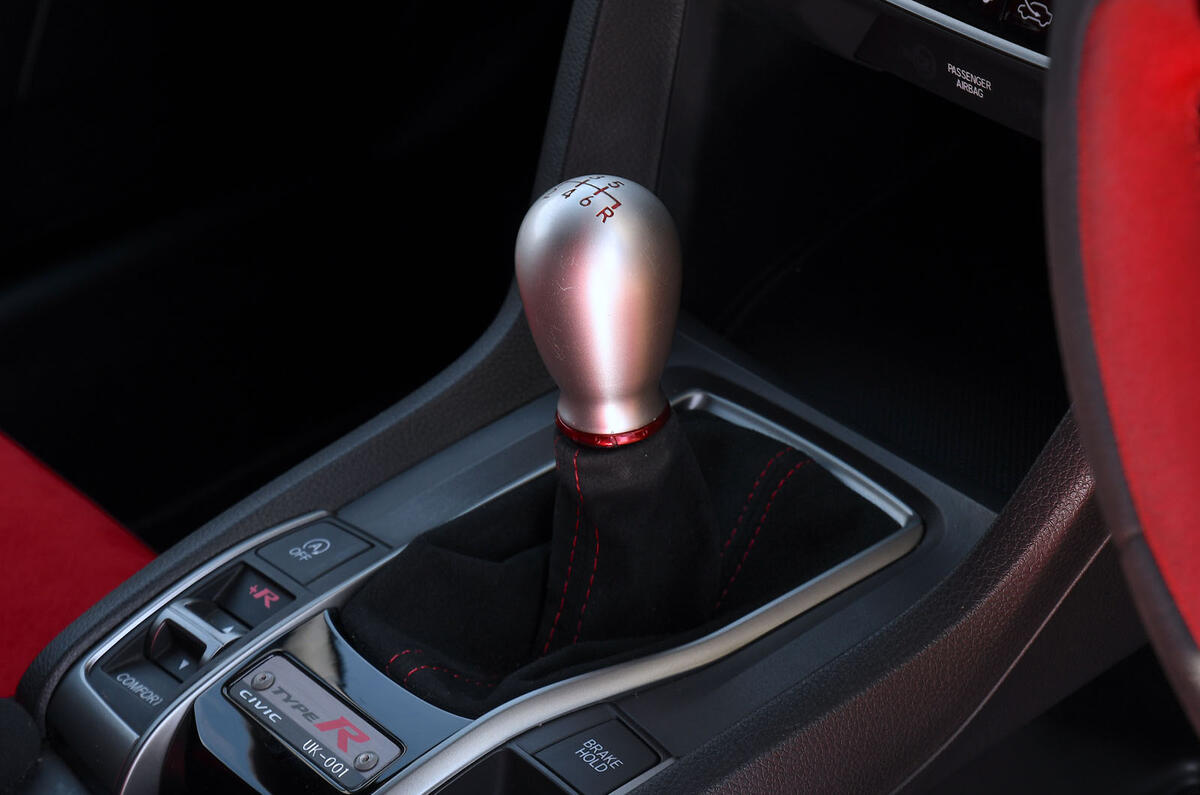

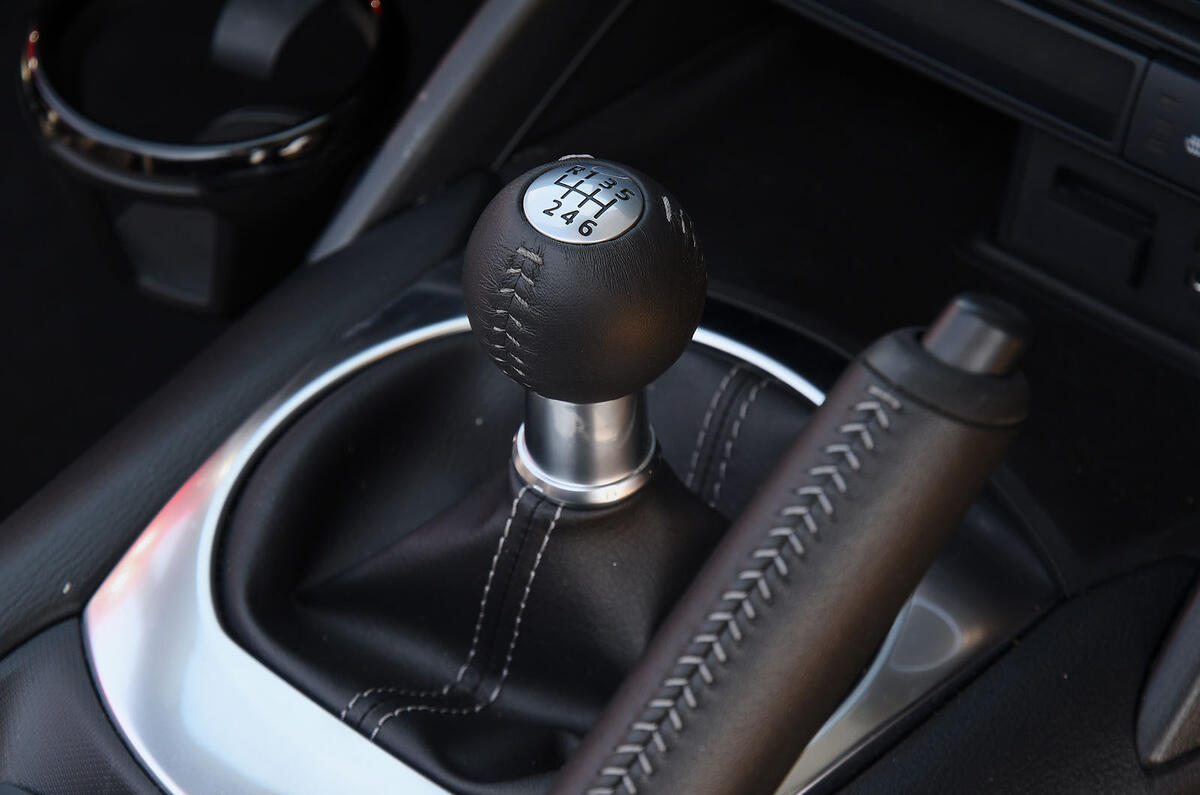
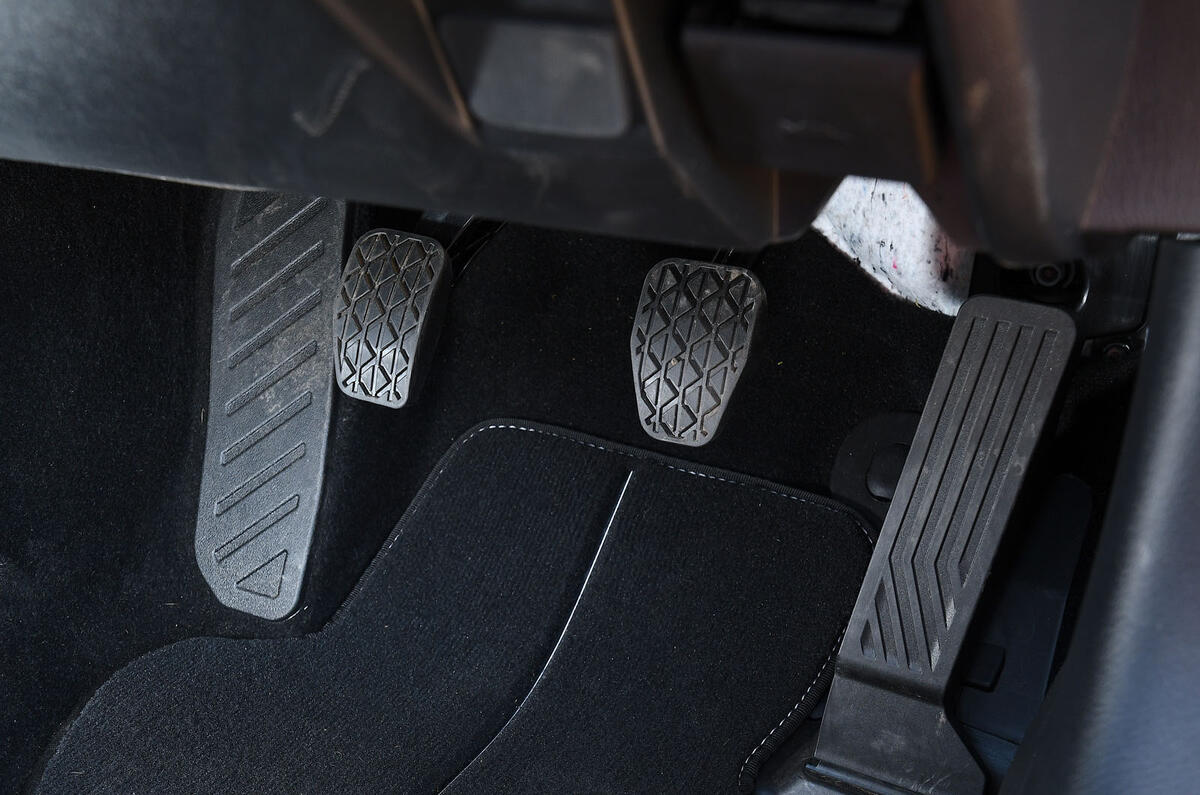
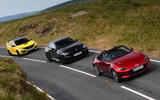




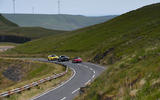




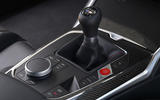
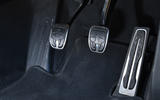
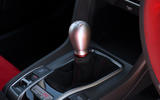
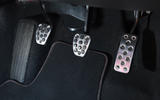
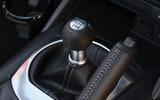
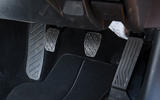

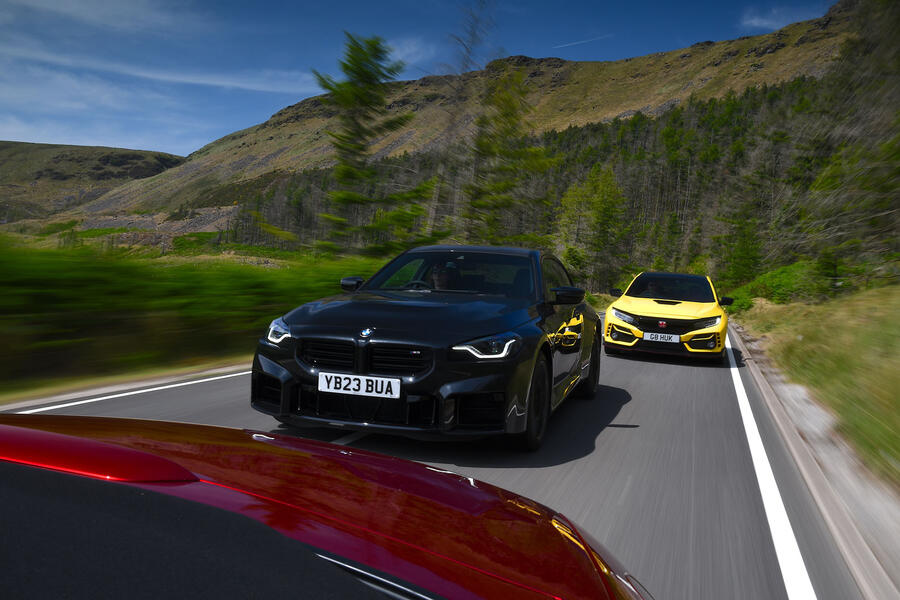
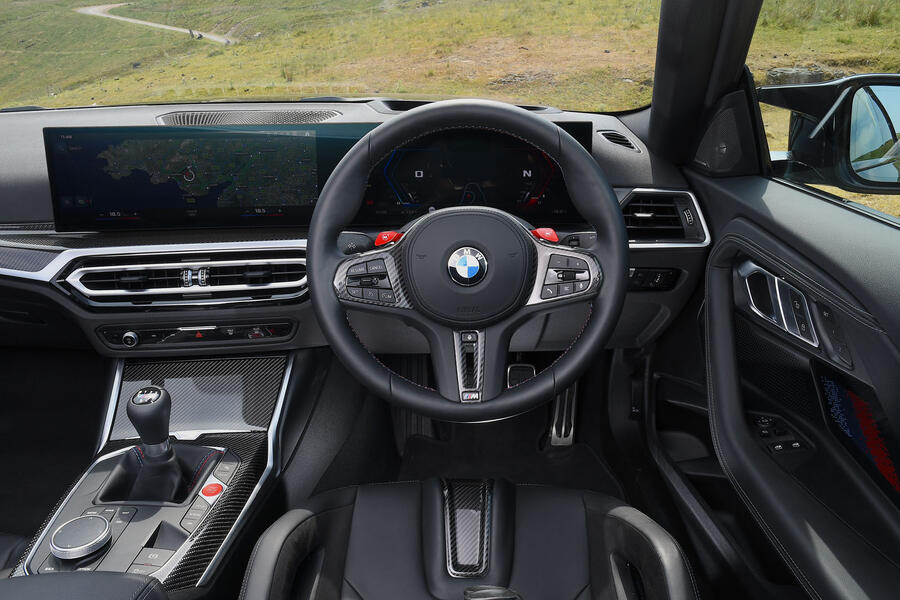
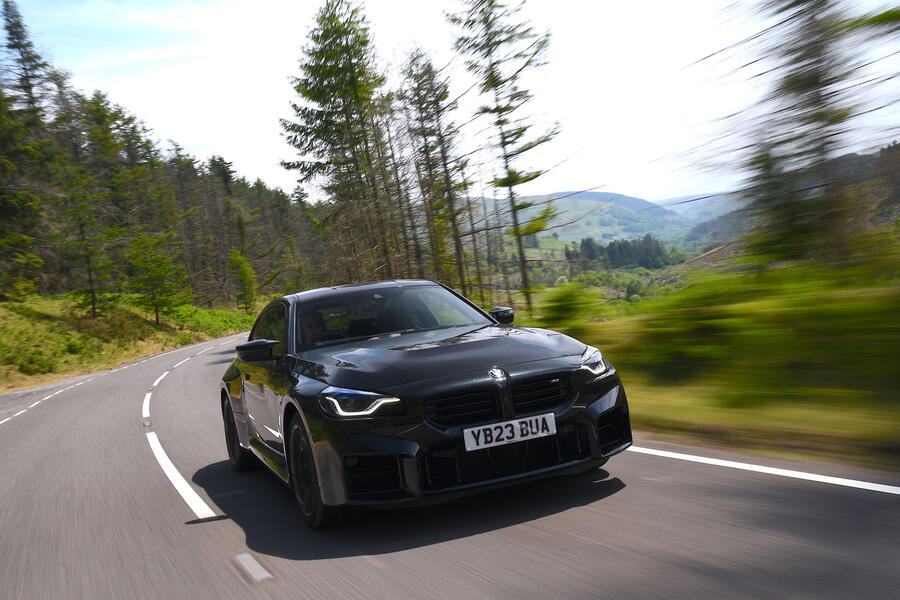
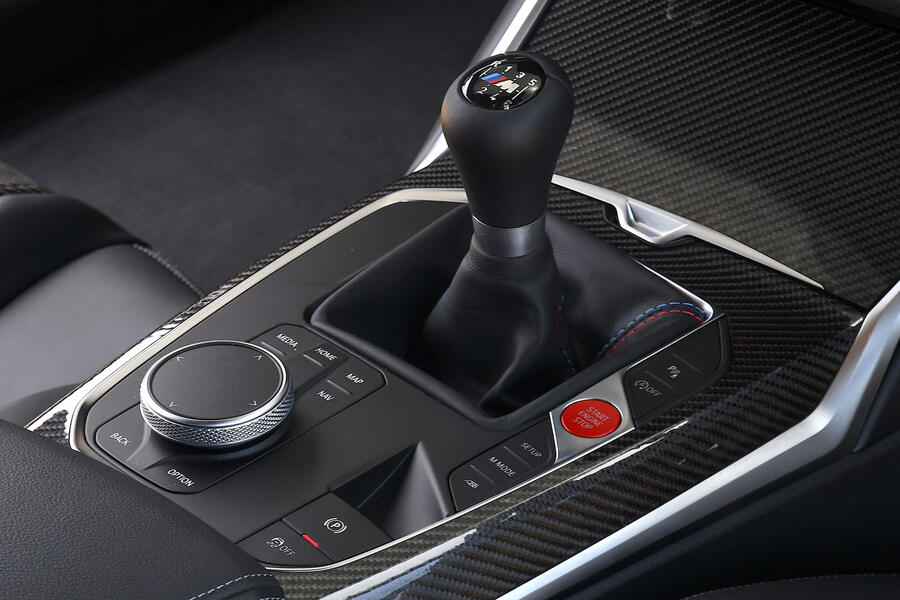
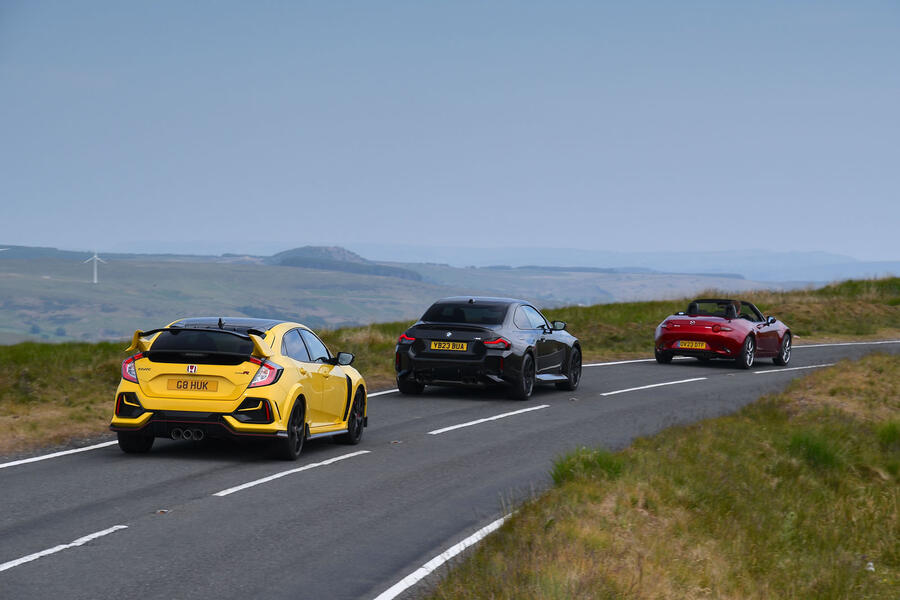
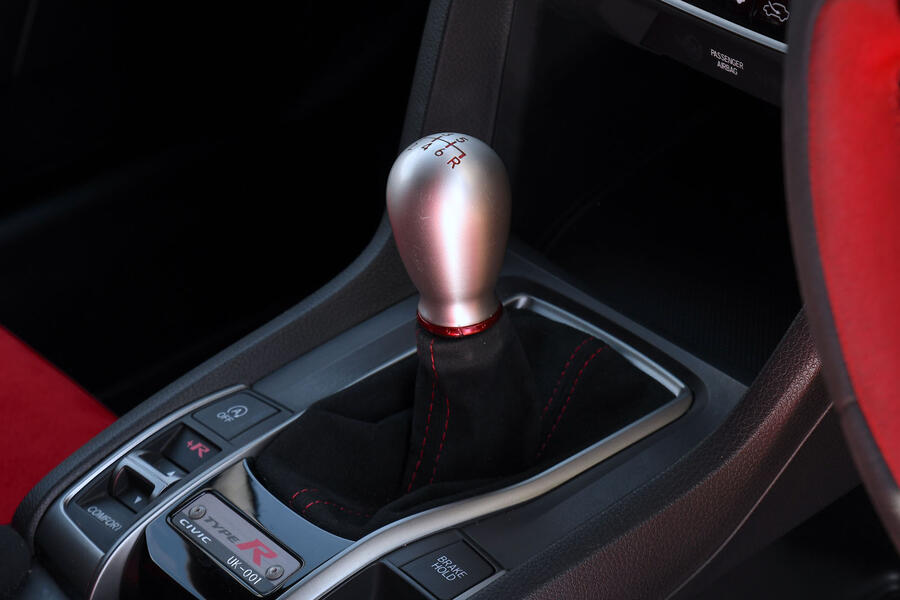
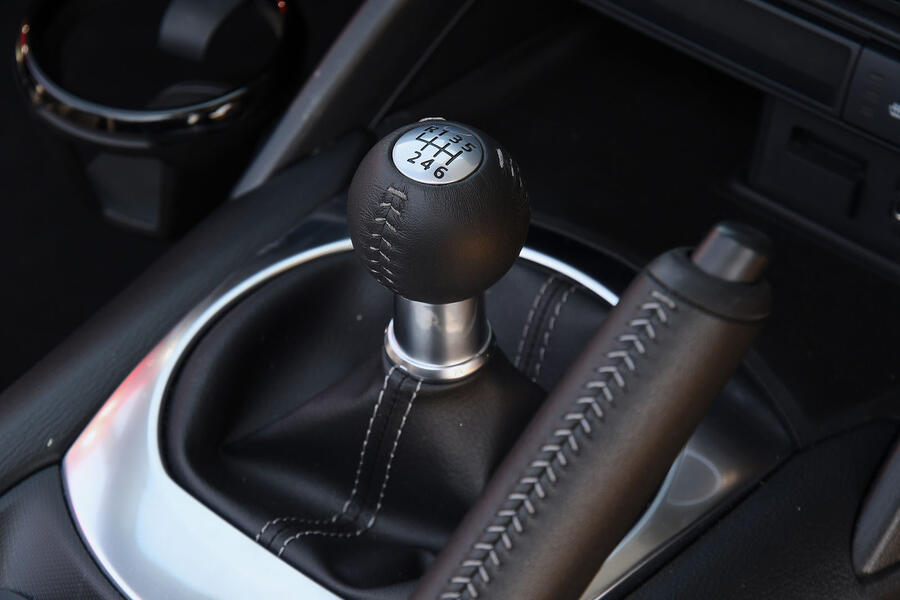
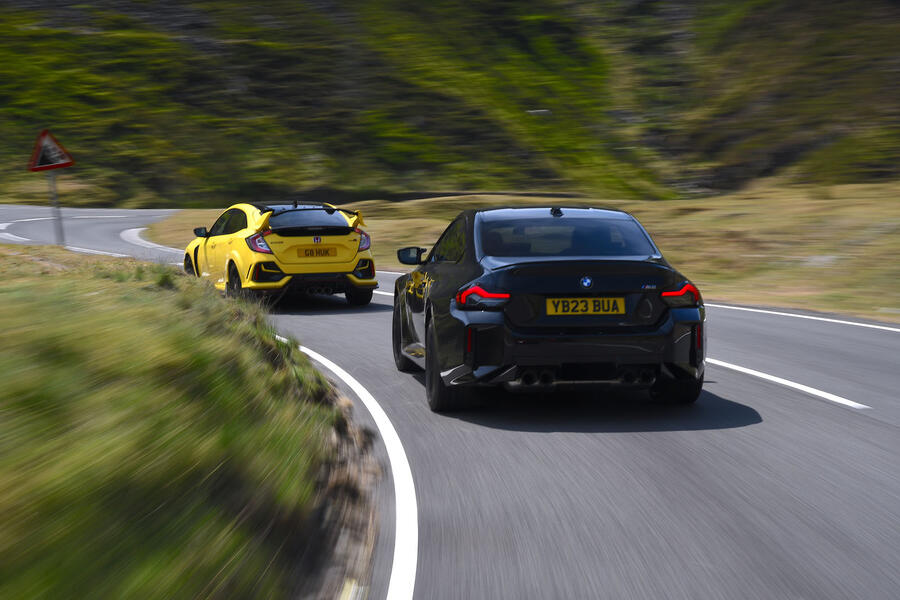
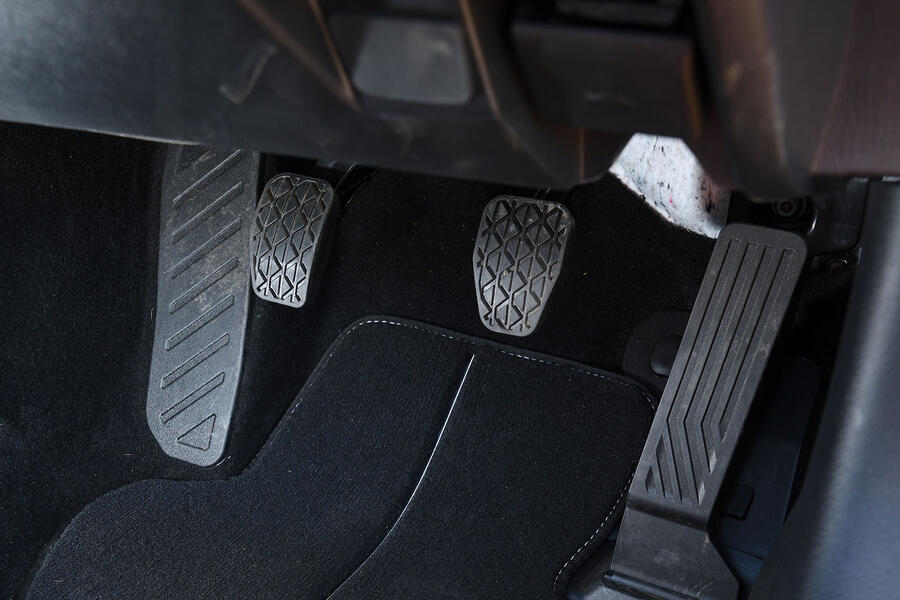
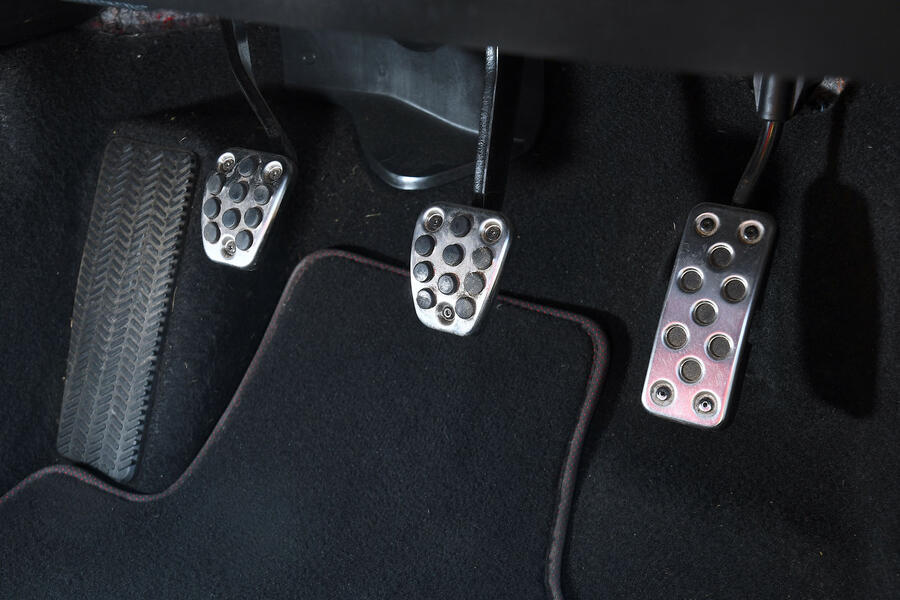
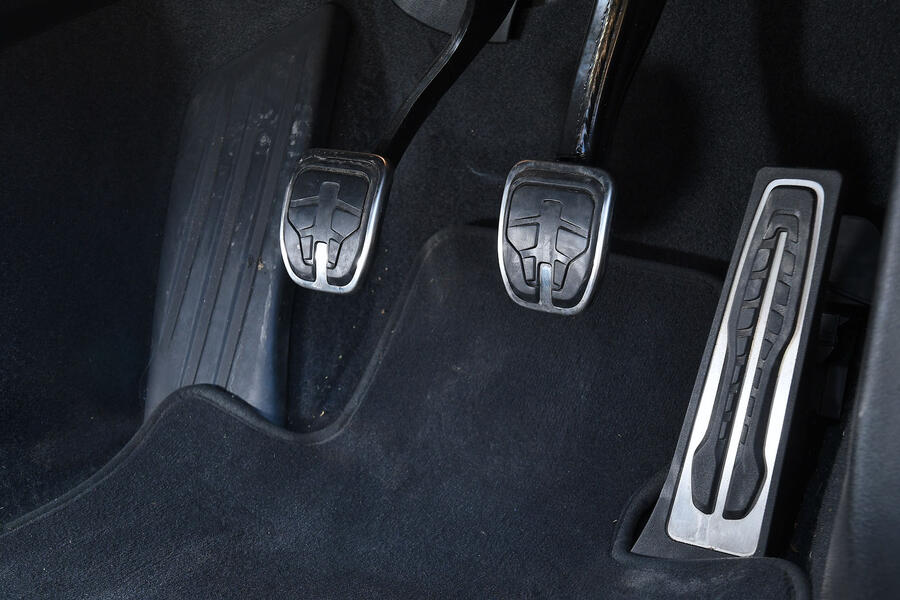
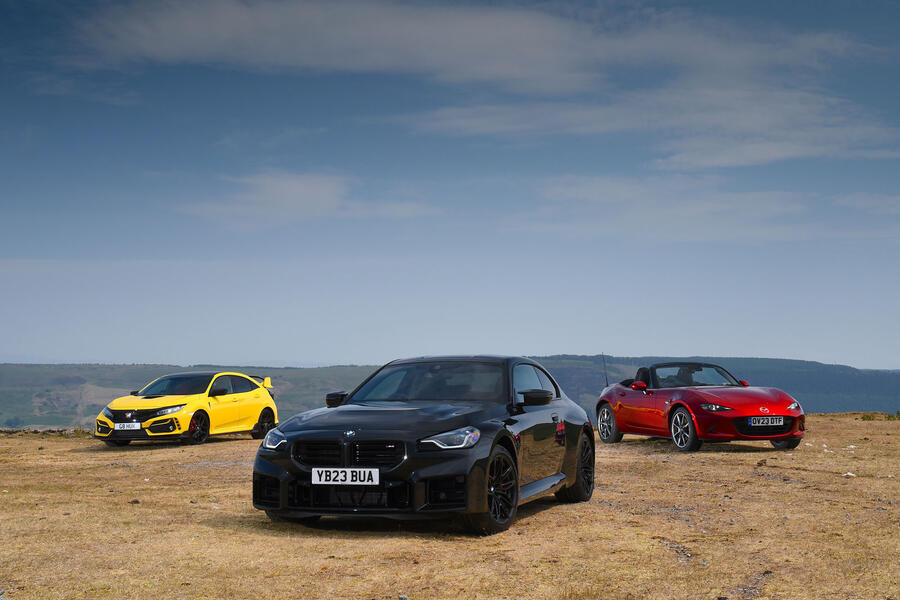
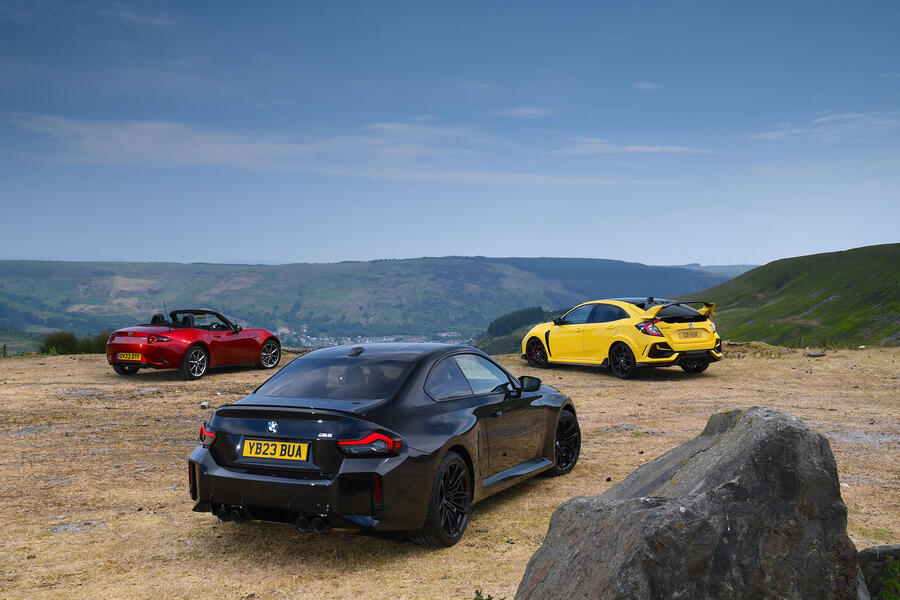
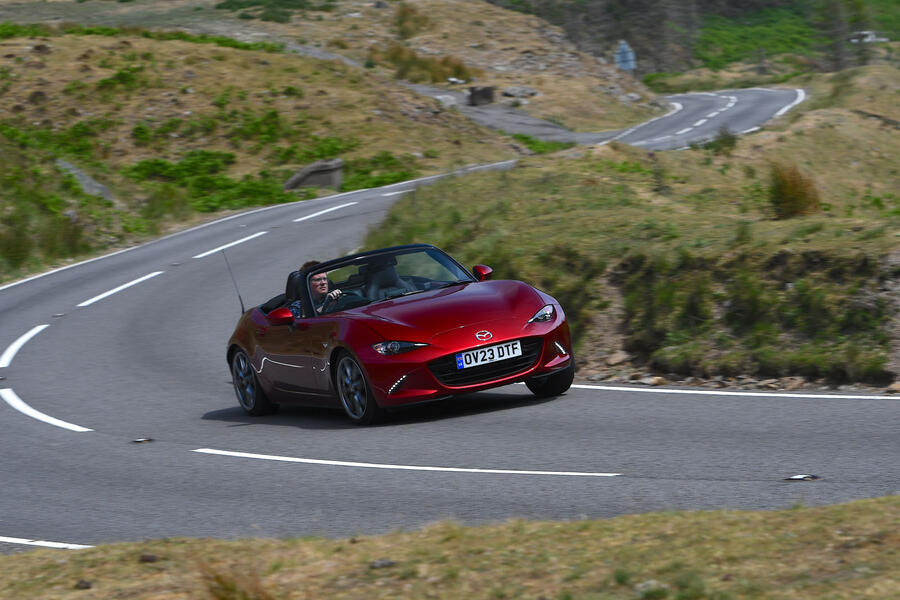
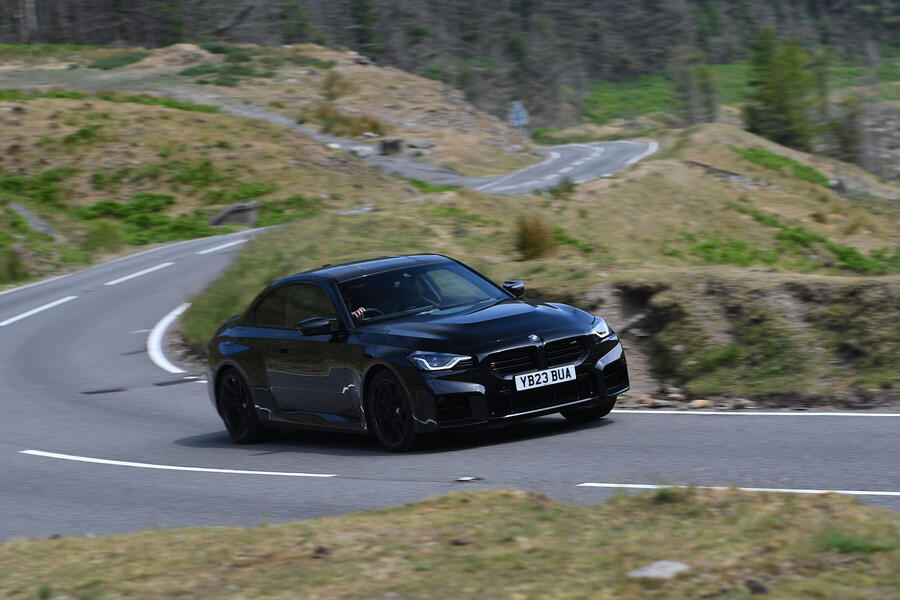
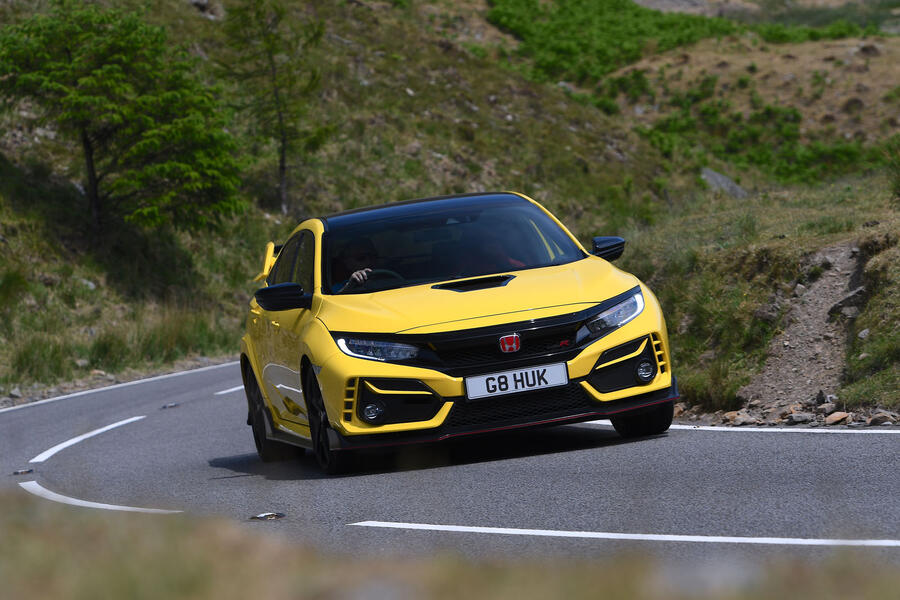






Join the debate
Add your comment
Why were you testing the older Type R????
What they are actually saying is that you have more fun with 180bhp than with 200bhp plus. Except to say that would make future road tests of most cars pointless along with their jobs?
“more fun to drive a slow car quickly than a fast car slowly” (not that an mx-5 is slow).
during covid, i test drove a taycan turbo s solo, and afterwards it struck me that it would like a superbike to own - every day would be an exercise in restraint, not exploitation of the vehicle’s capabilities.